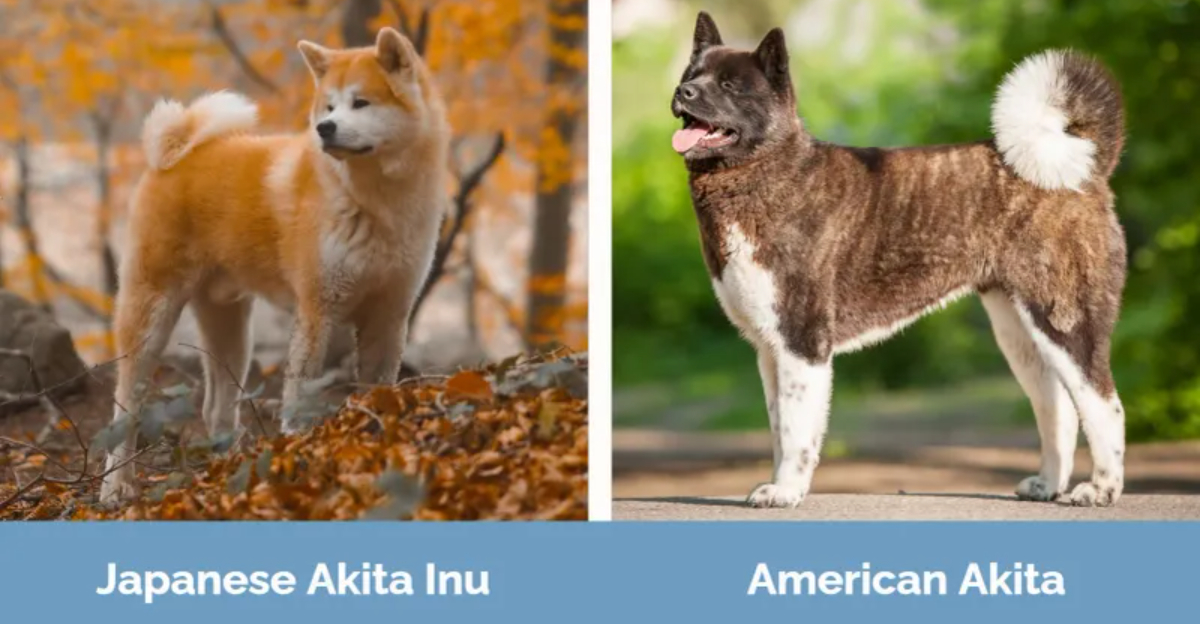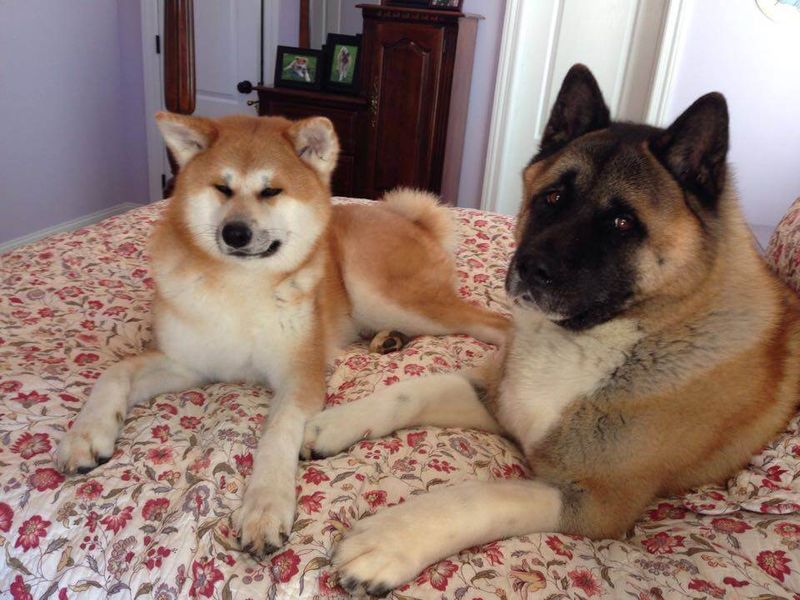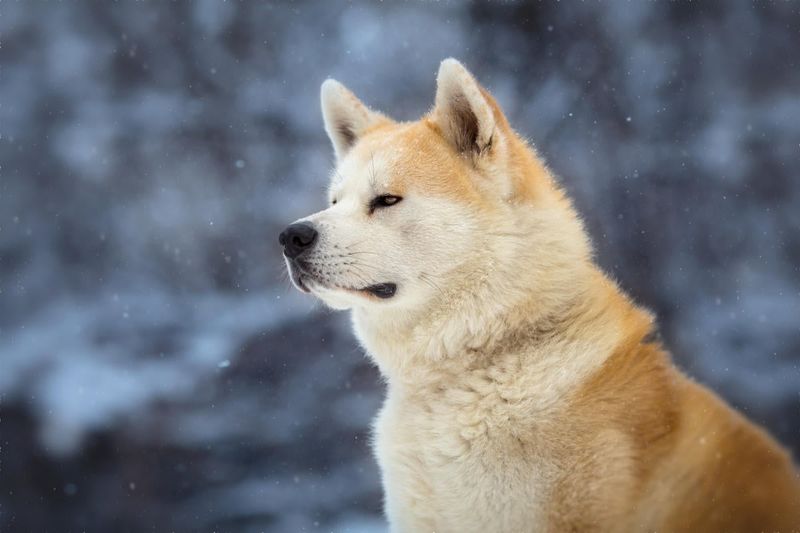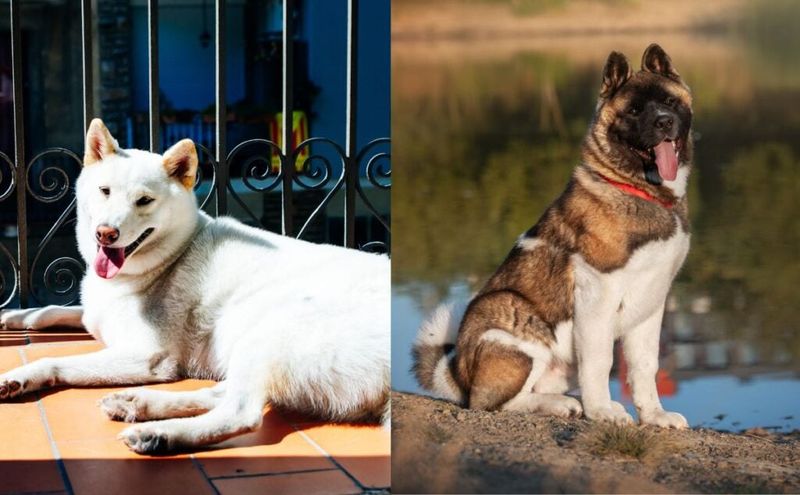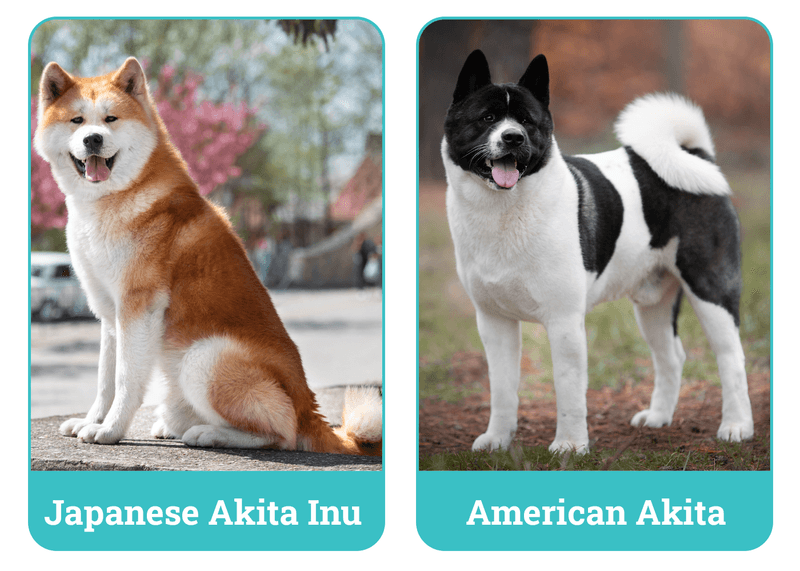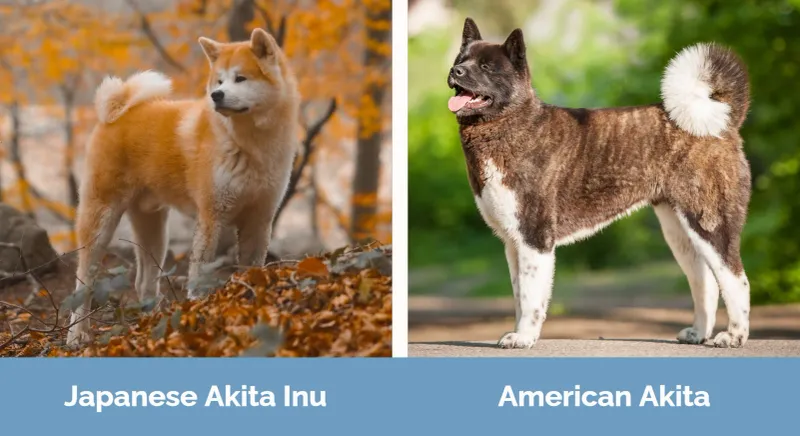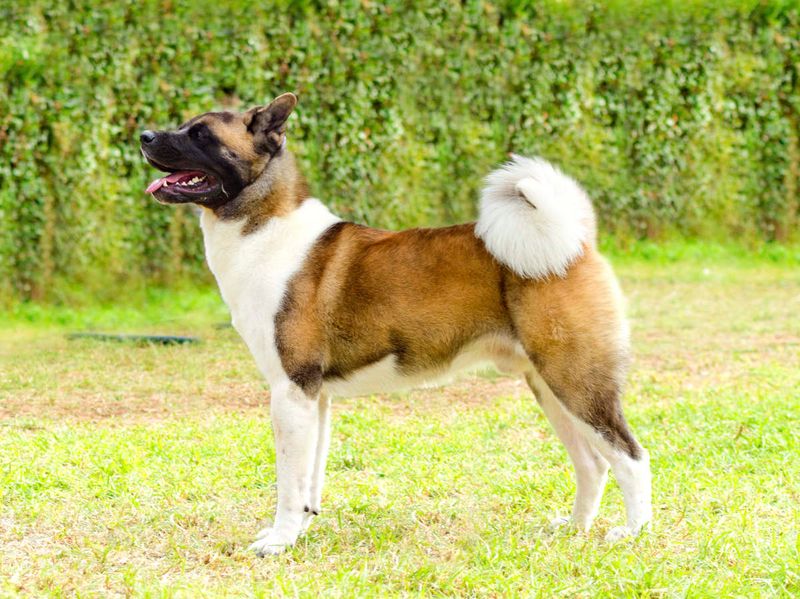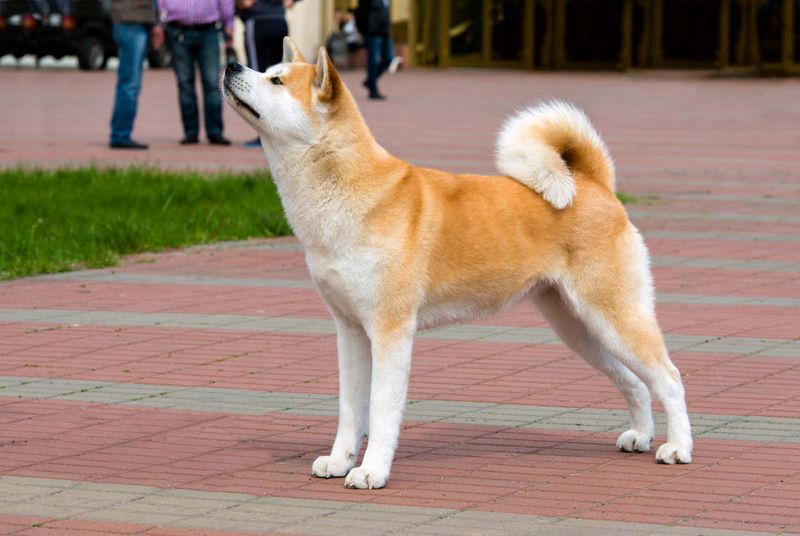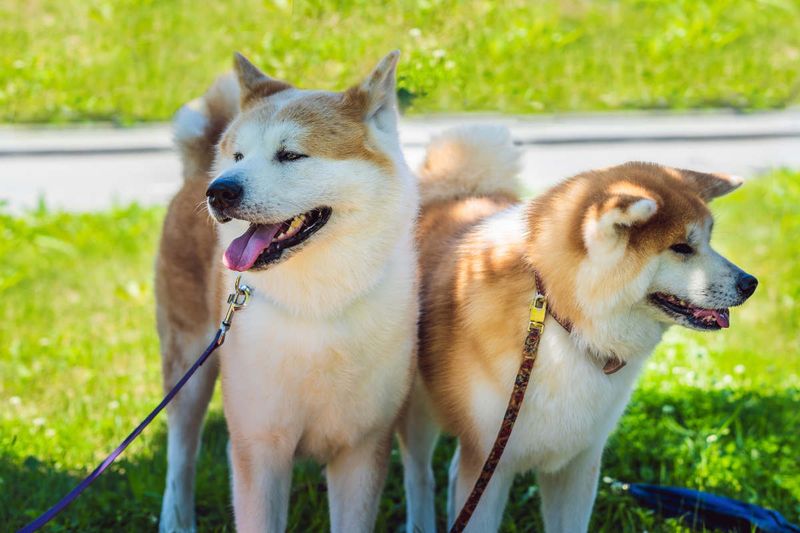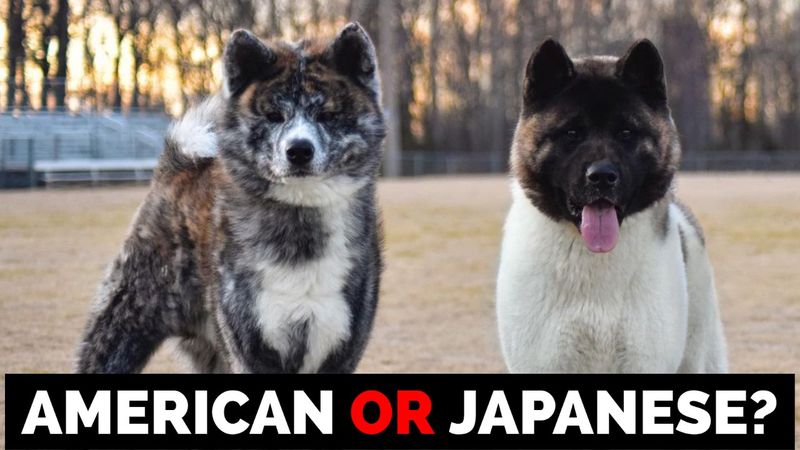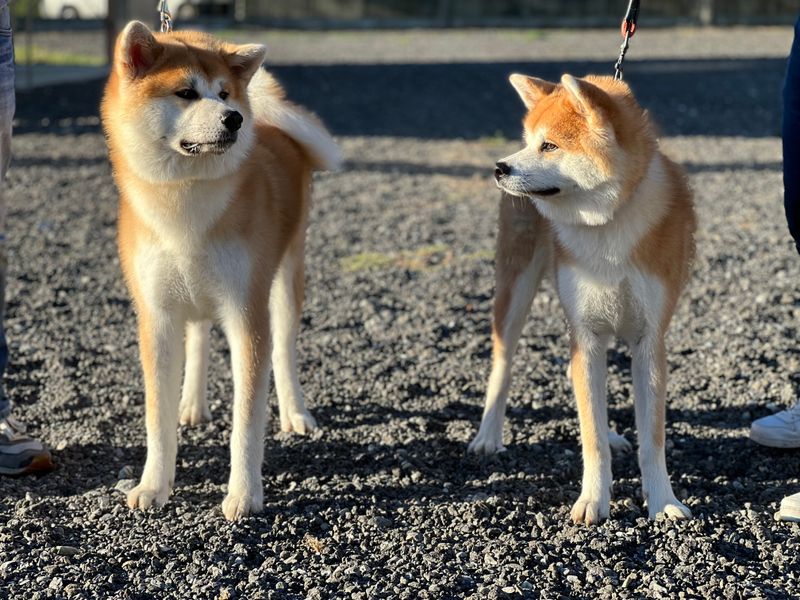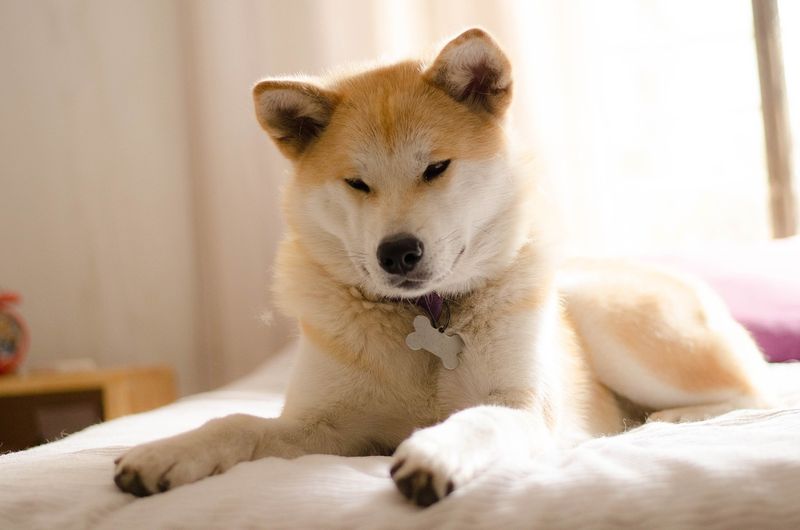The Akita is a noble breed, but did you know there are two distinct types: Japanese and American? Both have unique traits in temperament, appearance, and history. Let’s explore these differences, uncovering what makes each variety special.
Temperament and Personality
Japanese Akitas are known for their reserved and dignified nature, often exuding a quiet loyalty. In contrast, the American Akita tends to display a more assertive and protective personality. These differences trace back to their original roles; the Japanese version was bred as a hunting companion, while the American Akita evolved as a versatile working dog. Whether you prefer a refined and gentle friend or a bold protector, the temperament of these breeds offers something unique.
Coat and Colors
The coat is where the Akita’s cultural heritage truly shines. Japanese Akitas boast a plush, double-layered coat and often come in limited colors like red, white, or brindle. Their American counterparts, however, have a broader color palette, including black, brown, and even pinto. The coat texture also varies; Japanese Akitas have a softer texture, while American Akitas tend to have a coarser feel. These distinctions are a testament to the differing climates and preferences in breeding.
Facial Features
Facial features in Akitas are telling of their origins. Japanese Akitas have a fox-like face with almond-shaped eyes and a narrow muzzle. In contrast, American Akitas have a broad head and small, deep-set eyes, giving them a bear-like appearance. These distinctive facial characteristics are not just about looks; they reflect the breed’s traditional roles and the aesthetic values of their respective cultures. Whether you find the fox-like delicacy or bear-like strength more appealing, both faces have stories to tell.
History and Origins
The Akita’s history is as rich as it is varied. Japanese Akitas hail from the mountainous regions of northern Japan, originally bred for hunting big game. Their American relatives arose from military imports after World War II, evolving as a separate lineage. This divergence highlights different cultural influences and purposes. The Japanese Akita holds a storied place in its native country, even inspiring the famous tale of Hachiko. Meanwhile, the American Akita has carved its own path, embodying resilience and adaptability.
Size and Build
Japanese Akitas are generally smaller and more fox-like in appearance compared to their American cousins. The American Akita is robust with a strong, bear-like head, while the Japanese version sports a slimmer build and features that resemble a fox. These physical differences are more than just aesthetic; they underscore the distinct breeding focuses in each region. If you’re seeking a compact, agile companion, the Japanese Akita might be your perfect match. Prefer a sturdier, more imposing presence? The American Akita could be the ideal choice.
Ears and Tail
An Akita’s ears and tail offer insights into its breed type. Japanese Akitas have small, triangular ears that stand erect, paired with a tail that curls tightly over the back. American Akitas showcase larger, more rounded ears and a tail that may not curl as tightly. These physical traits are influenced by the environments and tasks each breed was developed for. Whether you admire the neat, precise features of the Japanese Akita or the bold, expressive attributes of the American Akita, these differences add to their allure.
Trainability and Intelligence
Training an Akita requires understanding its unique intelligence. Japanese Akitas are known for their independent streak, requiring consistent, patient guidance. The American Akita, while equally intelligent, tends to be more receptive to training commands. This may be due to its working dog heritage, making it adaptable to structured learning. These differences in trainability highlight the breeds’ distinct characteristics and the importance of tailoring training approaches. Whether you seek a companion eager to learn or one that challenges you, understanding their needs is key.
Social Behavior
Social behaviors in Akitas reflect their temperament and history. Japanese Akitas often exhibit a reserved demeanor, thriving in quieter, one-on-one environments. Conversely, the American Akita can be more outgoing and social, reflecting its role as a versatile companion. These behavioral tendencies mean that potential owners should consider their lifestyle and social environment when choosing an Akita. Whether you’re seeking a serene, introspective companion or a more outgoing, sociable friend, understanding these traits ensures a harmonious relationship.
Dietary Needs
Dietary needs can be as distinct as the Akitas themselves. Japanese Akitas may require a diet that mirrors their traditional environment, focusing on fish and rice-based meals. The American Akita, with its robust build, often thrives on high-protein diets that support its energy levels and muscular frame. These dietary preferences reflect not just biological needs but also cultural influences. Understanding these differences is crucial for maintaining the health and vitality of your Akita, ensuring they live a long and happy life.
Popularity and Recognition
Popularity of the Akita breeds varies globally. Japanese Akitas are celebrated in their homeland and appreciated for their cultural significance. Meanwhile, American Akitas are recognized widely, particularly in the United States, for their adaptability and versatility. These popularity trends reflect each breed’s unique appeal and role in different societies. Whether chosen for their cultural heritage or robust companionship, the Akita’s place in the world continues to grow. Understanding these popularity dynamics can help potential owners appreciate the breed’s global impact.
Health and Lifespan
Health and lifespan are crucial considerations for any dog owner. Japanese Akitas often experience fewer health issues, attributed to their selective breeding in Japan. Conversely, American Akitas may face challenges like hip dysplasia or autoimmune diseases. Lifespan varies, with Japanese Akitas enjoying a slightly longer life. These health distinctions are important for prospective owners to understand, as they impact care and lifestyle choices. Knowing these differences can guide you in providing the best possible care and environment for your Akita.
